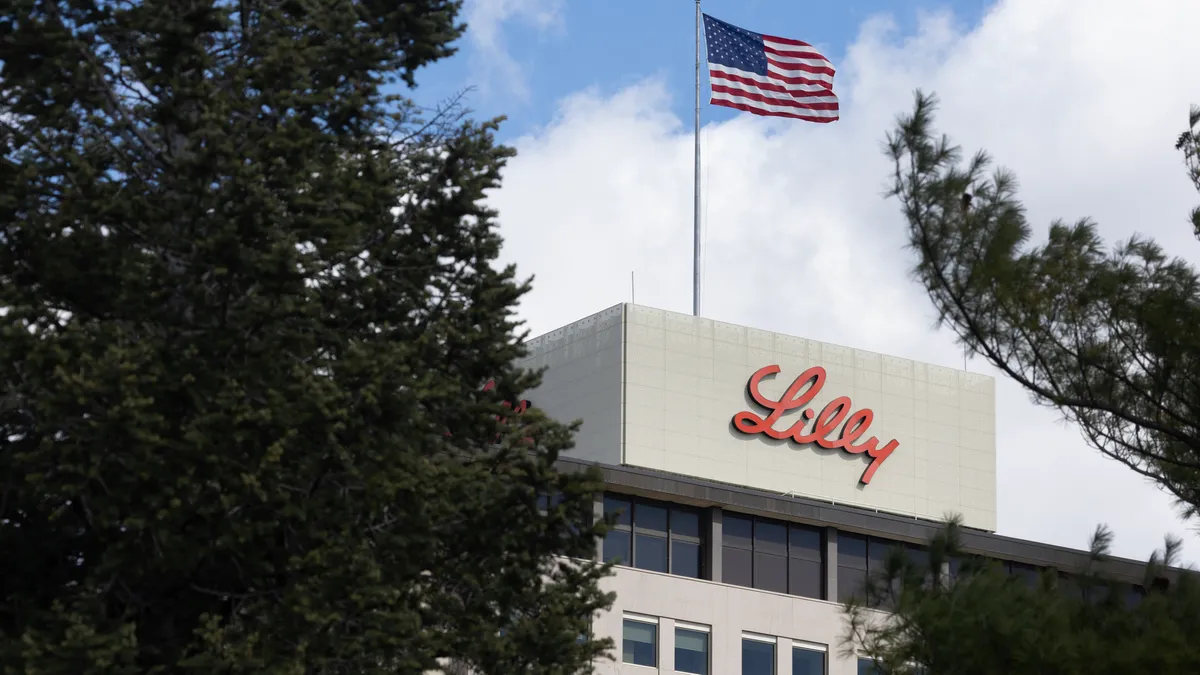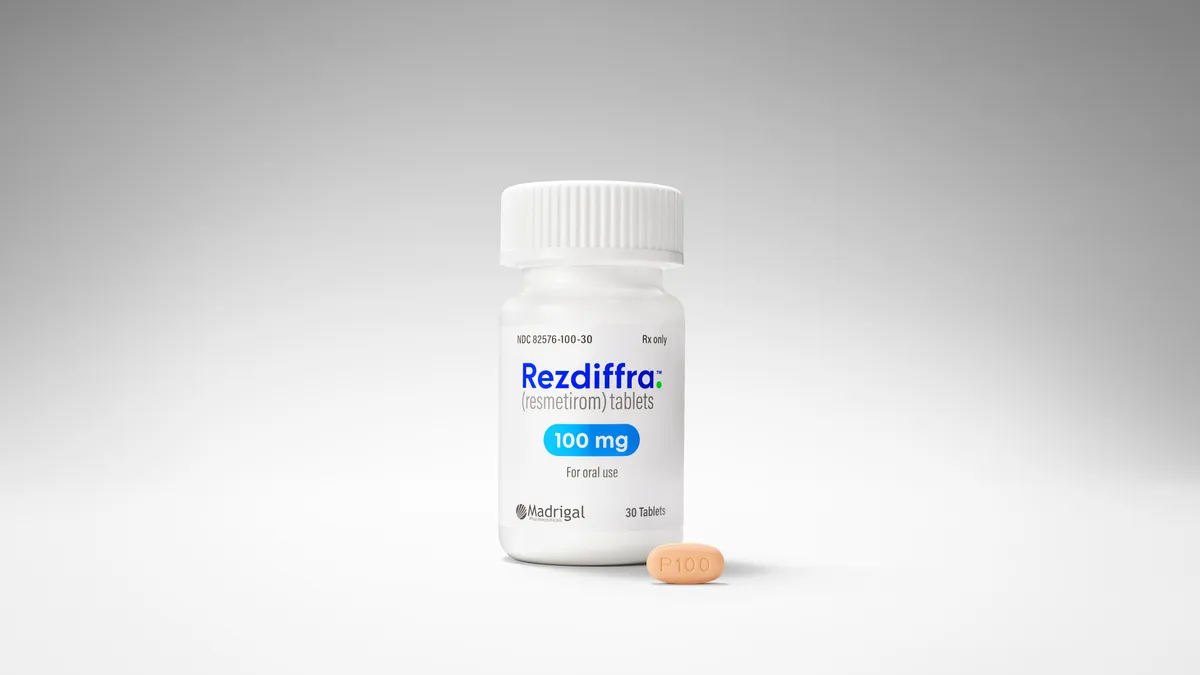Treatment options and survival rates for patients with the world’s deadliest cancers have skyrocketed over the course of decades with much credit to the pharma and biotech industry. But how do drugmakers reach the critical next step in innovation?
That’s not a question easily answered by even the top oncology companies as they seek opportunities for game-changing treatments in a sea of incremental efforts. Although arguments can be made that “me-too drugs” offer benefits for patients, pharma giants need to stand out with new modalities or breakthroughs to make a difference, said Mark Wildgust, vice president of oncology global medical affairs at Johnson & Johnson Innovative Medicine.
Wilgust pointed to immunotherapy as an area with untapped potential following the previous decade’s outpouring of checkpoint inhibitors. While PD-1s like Merck & Co.’s Keytruda and Bristol Myers Squibb’s Opdivo, for example, are still amassing new indications and market growth, there’s room for new molecules that address unmet medical need, he said.
“How do you innovate where innovation didn’t exist before? And how do you innovate on top of innovation?” Wildgust asked during the annual meeting of the American Society of Clinical Oncologists last weekend. “When you look today at oncology as a whole, immunotherapy is at the forefront of where we’re going to change cancer therapy from incremental change to fundamental change.”
For J&J and others in oncology, eradicating cancer — once a pie-in-the-sky ambition — is now a more realistic possibility. But for a therapeutic area with so many distinct diseases, that effort will require new approaches and a wide range of scientific expertise.
“I have to be super careful when I say this, but we are taking steps closer to a progression-free cure every day,” Wildgust said. “How do you make [immunotherapies] better? You learn and understand the biology, and you innovate beyond that.”
Pushing for cures that ‘sound like science fiction’
Immunotherapies for oncology come in many forms, all designed to make cancer cells more vulnerable to a patient’s immune system. And as immunotherapeutic approaches like cell therapy mature, they’re generating enthusiasm in long-running studies that showcase their durability over time.
J&J’s Carvykti, a CAR-T cell therapy with a single infusion, achieved a “transformative” five-year trajectory in patients with returning multiple myeloma, Wildgust pointed out. A third of patients in the follow-up trial did not see their disease progress during those five years — historically, patients experience less than six months of progression-free survival and overall survival of only about one year.
That kind of advance deserves to be shouted from the rooftops, Wildgust said, so oncologists and patients can benefit.
“We need to help communicate that information so that community oncologists go, ‘Wow, it’s changing the outcome,’” Wildgust said. “It’s a combination of unlocking the barriers to get our medicines used where the patients are and cutting through the chatter to share that science in an unequivocal way.”
At a company like J&J, which has several hundred irons in the fire, there are always more drugs on the horizon to push the boundaries of cancer treatments.
While Carvykti is considered one of the best in its class of multiple myeloma treatments, it wasn’t the first to market — Bristol Myers’ Abecma holds that title. But J&J is gunning to be first in other areas with early-stage prospects.
"We’re going to change cancer therapy from incremental change to fundamental change.”

Mark Wildgust
Vice president of oncology global medical affairs, Johnson & Johnson Innovative Medicine
At ASCO, the pharma giant presented first-in-human data in prostate cancer with a bispecific antibody called pasritamig targeting a new antigen called KLK2 combined with a CD3-targeting antibody.
“This is one of the safest bispecifics we have ever seen,” Wildgust said. “What we want to do is to develop medicines that give patients more time and more hope — and part of that is looking to not just incrementally change outcomes, but to get in front of cancer and change the biology.”
With each new advance in these various modalities, ultimately the goal of J&J’s pipeline is to eradicate cancer in its entirety. What does that look like?
“It sounds like science fiction, but it’s becoming reality where we can treat patients, and intercept and stop patients from ever having the disease,” Wildgust said. “It’s a new way of thinking.”
Collaborations that create ‘modalities of the future’
Japan’s Astellas Pharma is thinking well into the future of drug development for oncology, and chief commercial and medical affairs officer Claus Zieler wants to make sure the company isn’t just focusing on today’s innovations but preparing for the next ones.
“We believe you need to create a portfolio where you have different shots on goal,” Zieler said. “Maybe not all will be successful, but you’re increasing your chances of bringing an innovation to treat patients in a better way in the future.”
While Astellas has oncology treatments like the monoclonal antibody Vyloy for gastric cancer — and potentially pancreatic cancer down the road — the company has also focused on external business development and collaborations to explore the outer reaches of cancer innovation.
Earlier this year, Astellas showcased long-term results from a study of Padcev, an ADC developed with Seagen, now owned by Pfizer. The drug is approved in the U.S. and other markets in combination with Merck’s immunotherapy powerhouse Keytruda for patients with urothelial cancer, and the study demonstrated doubled overall survival and progression-free survival compared to chemotherapy.
These collaborations are a must for oncology advances, Zieler said.
“If you look at innovation in this industry, it is not very centralized — it is not the big players that have all the innovations,” Zieler said. “Because of that decentralized nature, you are almost forced to build partnerships … as a very efficient way of bringing together skill sets in a complex industry.”
Just ahead of this year’s ASCO meeting, Astellas announced it purchased exclusive rights to a new ADC from Evopoint Biosciences targeting a biomarker found in gastric, gastroesophageal and pancreatic cancers.
“We’re partnering a skill set in clinical development with research and innovation in antibody-drug combination technology,” Zieler said. “If you didn’t bring together players who dominate those skills, you would either have a much longer development time — or you would maybe never even get there.”
Zieler sees the same potential in gene and cell therapy as some of Astellas’ future shots on goal, along with expanding its expertise in ADCs.
“It’s a hugely exciting time for us as a company to, on one hand, grow in the market and, on the other hand, build a portfolio of technologies for the future,” Zieler said. “In 10 years, even 20 years, we want to be at a point where we say, ‘OK, we are one of the companies at that forefront, because we built up our know-how.”



















